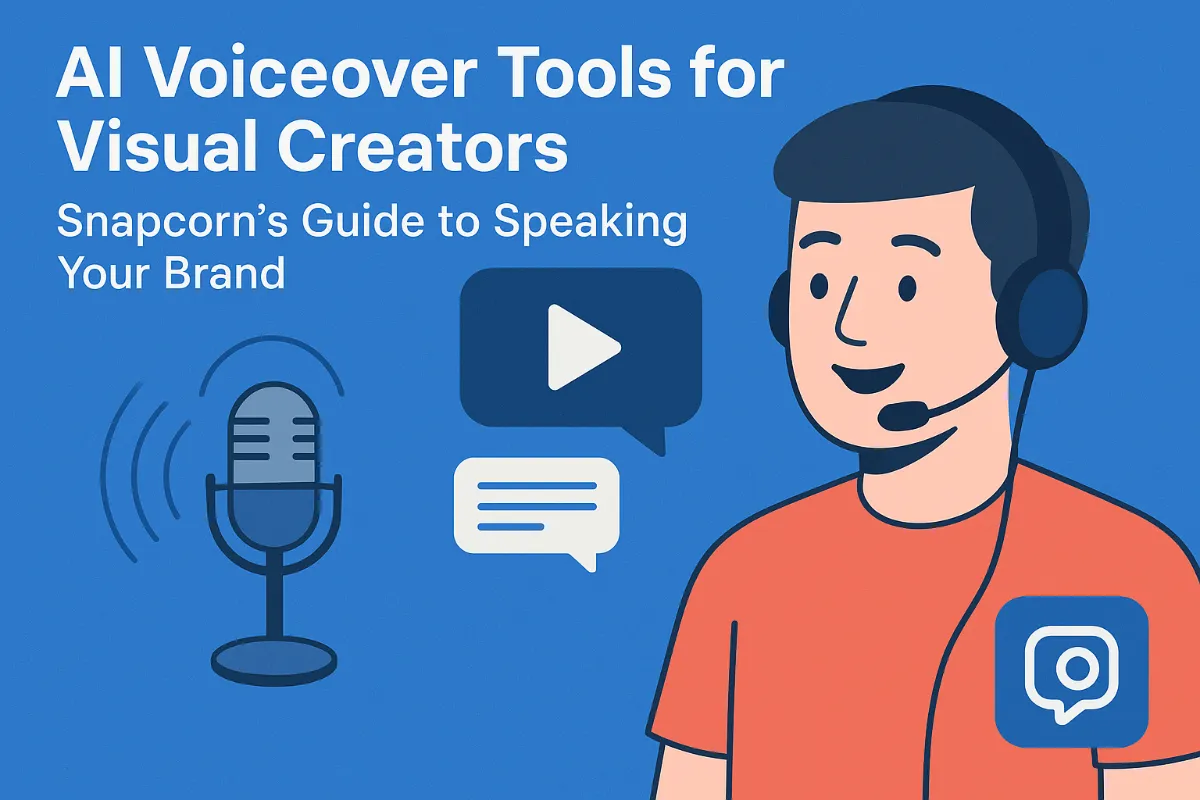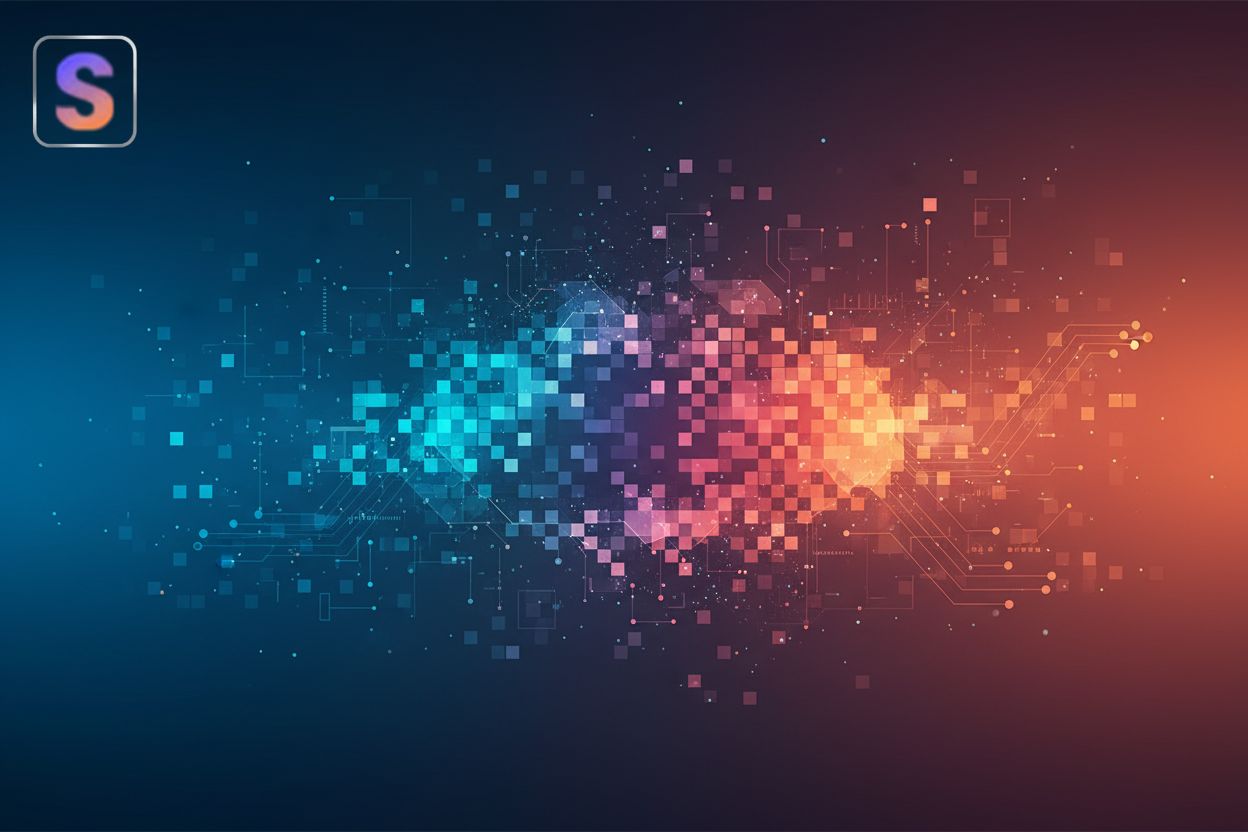Enhancing Image Classification Explainability with Advanced Techniques
TL;DR
Understanding AI Upscaling: How Does It Actually Work?
Okay, so you're probably wondering how ai upscaling actually works. It's not just some magic "make it better" button, I promise you that.
Here's the gist of it – broken down so it's easy, even if you hate techy stuff:
It's all about guessing, but like, smart guessing. ai upscaling algorithms try to figure out what details are missing from a low-res image. They ain't perfect, but are way better than older methods.
Neural networks are the brains. These networks learn from tons of high-res and low-res image pairs. It's like showing a kid a bunch of pictures so they can learn what things should look like. The network analyzes these pairs, identifying patterns and relationships between the low-resolution and high-resolution versions. For example, it might learn that when a certain pixel pattern appears in a low-res image, a specific, more detailed pattern typically exists in the high-res version. This learning process involves adjusting internal parameters (weights and biases) through algorithms like backpropagation to minimize the difference between its predictions and the actual high-resolution data.
GANs are a popular trick. Generative Adversarial Networks (gan) pits two neural networks against each other: a generator and a discriminator. The generator’s job is to create upscaled images from low-resolution inputs. The discriminator’s job is to look at both real high-resolution images and the upscaled images produced by the generator, and try to tell which is which. If the discriminator can easily spot the fakes, the generator has to go back and improve its upscaling. This "try to fool me" game forces the generator to produce increasingly realistic and detailed images over time. (What is a GAN? - Generative Adversarial Networks Explained - AWS)
ai upscaling is becoming a go-to for breathing life into old content. This tech could even change how we stream videos, making older footage look much better on modern displays.
Next up, we'll look at traditional upscaling methods and why they often fail, cause it's important to know where we came from!
AI Upscaling vs. Traditional Methods: Seeing is Believing
Okay, so ai upscaling versus the old ways? It's kinda like comparing a flip phone to the newest smartphone. Both make calls, but, like, one is clearly better.
Before ai, upscaling usually meant interpolation. Methods like bilinear or bicubic interpolation essentially "stretch" existing pixels to fill in the gaps. Think of blowing up a balloon – it gets bigger, but the picture on it gets all blurry and less defined, right? ai upscaling, on the other hand, tries to rebuild the image with smart guesses based on what it's learned.
Here's the deal:
- Details, details, details. ai upscaling is way better at keeping things sharp. Old methods? Jagged lines galore, it's not pretty.
- Textures that pop. ai can guess what a texture should look like, adding details that were never there before. Think of restoring an old photo, but digitally.
- Bye-bye, artifacts. Remember those weird blocky things you'd see when upscaling? ai squashes most of 'em.
So, what are the limitations? Well, we'll get into that next. It's not always the perfect solution, you know?
Popular AI Upscaling Tools: A Photographer's Toolkit
Okay, so you want to dive into some ai upscaling tools? There's a ton out there, and honestly, some are way better than others – it's a bit of a wild west out there.
- First, you gotta figure out what you actually need. Are you trying to breathe new life into old family photos? Or are you trying to upscale product shots for a e-commerce site? Different jobs need different tools, you know?
- Some software is all about giving you tons of control, letting you tweak every little detail. Others are more like "one-click" solutions. Depends on how much time you got, and how picky you are, i guess.
- Pricing is all over the place too. Some are subscription-based, others charge per image, and some—like, the one i'm gonna talk about next—are totally free.
Heard about Snapcorn? It's an ai platform that's got a bunch of tools. Background remover, image upscaler, colorizer, the works. But the craziest thing? It's completely free, and you don't even need to sign up. You can find it by searching for "Snapcorn AI" online. Which is kinda unheard of, tbh.
Next, let's talk about getting the best results, cause even the best tools ain't magic wands.
The Future of Image Resolution: What's Next?
Okay, the future, huh? It's like, are we gonna have photos so real they're better than reality? Probably!
- ai is getting crazy good at filling in the blanks. Expect upscaling that's almost indistinguishable from native high-res.
- Think about medical imaging – clearer scans mean earlier diagnoses.
- ai could also revolutionize security, making facial recognition wayyy more accurate.
What's next? Well, there's some tricky ethical stuff we gotta figure out. This includes things like the potential for misuse, like creating convincing deepfakes, or questions around copyright and who owns the enhanced content. We also need to consider the impact on original content creators and the value of authentic, unenhanced work.
Conclusion: Are AI Upscaling Methods Worth It?
Ai upscaling, is it worth the hype? Honestly, it depends, but mostly, yeah. It's come a long way, and can seriously improve your photos, if you use it right.
Having explored how ai upscaling works and its advantages over older methods, it's clear this technology offers significant benefits.
- For photographers, it means breathing new life into older work, or, uh, fixing mistakes from shoots where the lighting was just off, by recovering detail in underexposed areas or reducing noise.
- E-commerce businesses can upscale product images for better detail, which can boost sales, right?
- Even healthcare benefits; ai can enhance medical images like x-rays.
So, should you jump in? If you are in photography, I think you should.




